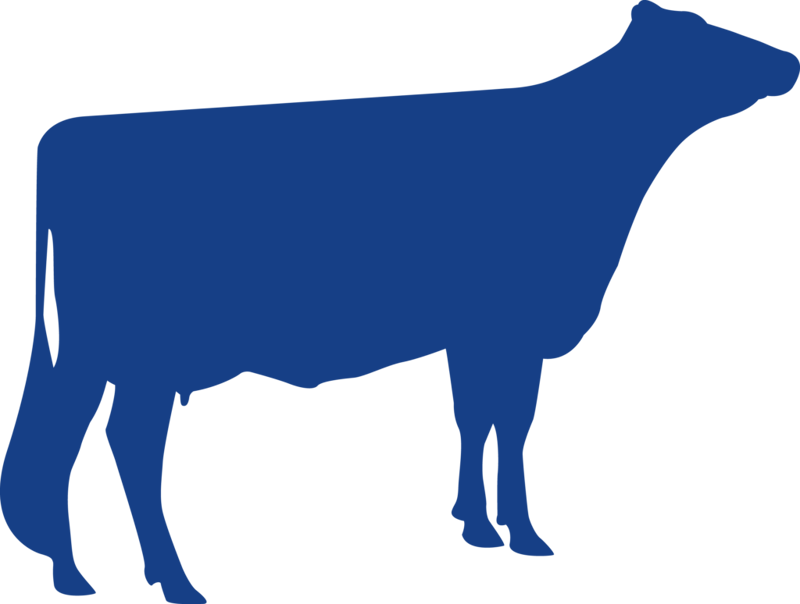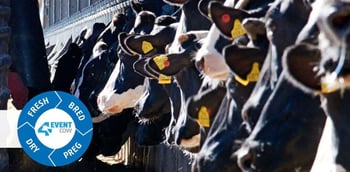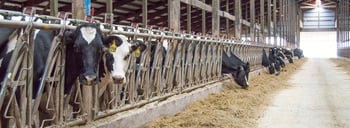The genetic decisions you make today will define your milking herd more than three years in the future. Genetic selection is powerful, but only if you make informed choices and stick to a plan that fits your needs. Genetic plans should be assessed regularly to make sure you are harnessing the full benefits to create your best future herd. A good way to review your strategy is to ask:
Does the index I use to select sires reflect my goals?
Your herd has needs that are one-of-a-kind, so it only makes sense that you have a genetic plan that fits your specific requirements and goals. Generic industry indexes like NM$ are created from complex calculations that optimize selection for the average farm. Your herd is far from average, so why even consider putting your future into the hands of a formula that doesn’t address your specific goals?
The only way to ensure your genetic decisions are focused on meeting the needs of your operation is by using a customized index. These tailor-made indexes allow you to maximize profitability by balancing traits strategically and taking into account:

How your farm generates revenue. Your farm has a different payment structure for production
and incentives on quality and quantity of milk than other farms. A custom index allows you to
optimize your selection for production traits that will directly increase your milk check.

Health and efficiency challenges. A customized index allows you to strategically put emphasis
on traits that address your largest health and efficiency challenges, helping to lower your overall
costs without sacrificing production.

What kind of cow fits best in your operation. From robotic parlors to pasture grazing, every
dairy across the world looks different from the next, including yours. A custom index allows you
to put direct focus on traits, like Stature, that make cows a better fit for your type of operation.
One of the best parts of using your own index is that you can update and revise it as your needs and goals change. If you don’t see your custom index working for you today, consider these three areas and work with your trusted Alta advisor to revise your plan to align with your goals.
What am I gaining or giving up with my genetic decisions?
Genetic traits are intricately correlated with each other. Some traits are also highly transmittable to the next generation, while some are mostly influenced by management practices. This means you must carefully consider what each trait selection means and recognize that the genetic inputs you choose today can have multiple implications, good or bad, in your future herd.
When choosing what traits to focus on in your custom index, it’s critical that you consider:
- Economic impact. Improvement in the selected traits must generate more revenue or lower expenses. If you can’t check this box, the trait shouldn’t be included in your index – plain and simple.
- Genetic parameters. Selected traits must have variation within the population and be transmittable to the next generation. Genetic improvement for very low heritability traits, such as health and fertility, are possible along with better management practices. However, appropriate emphasis should be placed on these traits within your index so you don’t significantly lose progress for milk components. Selection for one economically important trait may negatively impact your ability to improve others, so you must choose traits wisely! It’s often helpful to use traits that favorably improve others at the same time, such as Productive Life.

The Bottom Line
Your best chance at achieving your goals will be to create an index and choose traits aligned with your unique needs. Always focus your selection and mating decisions on how they will affect your bottom line and help you become more profitable. While you’re building your genetic plan, make sure you consider all positive and negative consequences of selecting traits over others and ensure you aren’t missing out on major opportunities.
You have a lot of decisions and considerations to make when it comes to genetics…
Partner with your Alta advisor and Alta BLUE LINK to make these complicated genetic decisions simple and guide you towards what’s best for your future herd.




